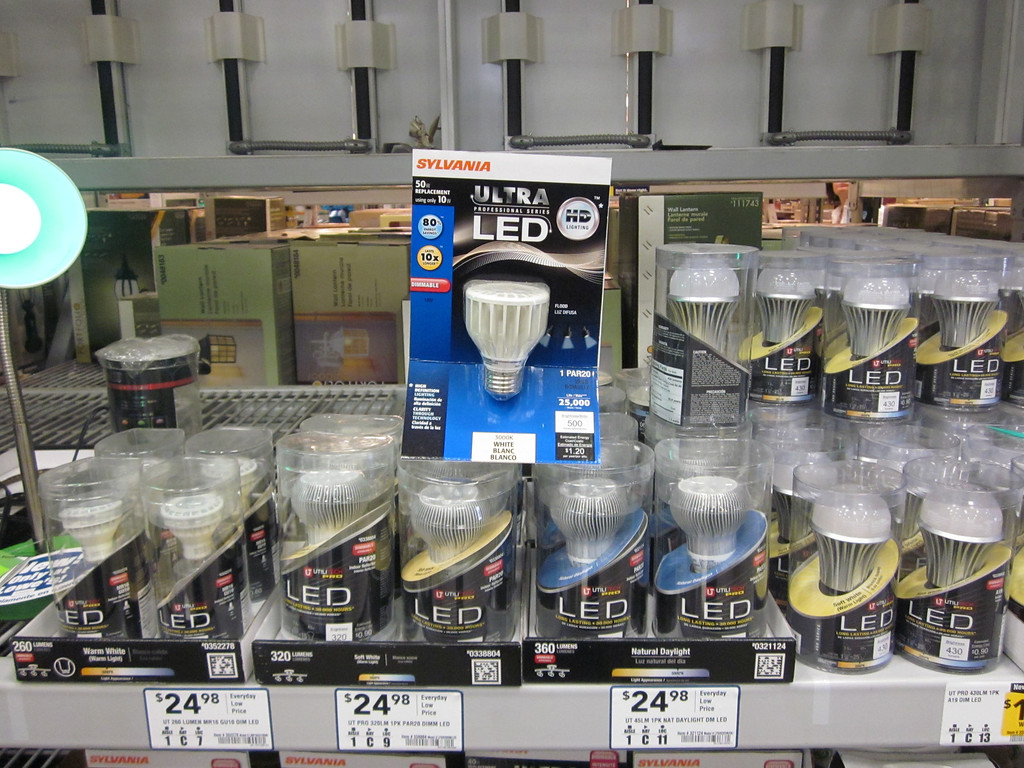Children learn much more by the examples that adults in their lives set than they do by simply listening to what they are told. We are teaching our children to find ways to live in a more environmentally friendly manner, but showing them easy ways to do so makes a greater impact. Replacing incandescent or fluorescent lighting in the classroom with LED lights is one step that shows kids how to make greener choices, and doing so may provide more benefits than you realized.
 You are probably aware of the fact that LED lights are energy efficient, but do you know to what extent? A standard incandescent bulb emits light at 10 percent efficiency, which means 90 percent of the energy it expends is purely heat. Conversely, LED lights work at approximately 80 percent efficiency. Not only does this help conserve energy, but it cuts down on electricity bills as well.
You are probably aware of the fact that LED lights are energy efficient, but do you know to what extent? A standard incandescent bulb emits light at 10 percent efficiency, which means 90 percent of the energy it expends is purely heat. Conversely, LED lights work at approximately 80 percent efficiency. Not only does this help conserve energy, but it cuts down on electricity bills as well.
Unlike fluorescent tubes, LED lighting does not contain any dangerous mercury or other compounds that could harm students should a light break in the classroom. As mentioned, the lights do not emit as much heat as their incandescent counterparts do, reducing the risk of children burning their fingers. In addition, they do not shatter when hit or dropped as fluorescent and incandescent lights are prone to do.
 Lastly, LED lights may actually help students stay calmer and more focused. First, they do not produce any humming sounds like fluorescent tubes often do, nor do they flicker when they are faulty or old, meaning one less distractions for students (and teachers) to try to work around. In addition, the cool, white light of LED lamps is the most similar to natural sunlight, so it diminishes eyestrain and fatigue. Finally, many students and teachers find the lighting more soothing than the glaring illumination of fluorescent or incandescent lighting, delivering an environment more conducive to learning. What could be better than that?
Lastly, LED lights may actually help students stay calmer and more focused. First, they do not produce any humming sounds like fluorescent tubes often do, nor do they flicker when they are faulty or old, meaning one less distractions for students (and teachers) to try to work around. In addition, the cool, white light of LED lamps is the most similar to natural sunlight, so it diminishes eyestrain and fatigue. Finally, many students and teachers find the lighting more soothing than the glaring illumination of fluorescent or incandescent lighting, delivering an environment more conducive to learning. What could be better than that?
A guest blog written by Robert Lobitz, an Engineer at KASA Capital with a Masters in electrical engineering
